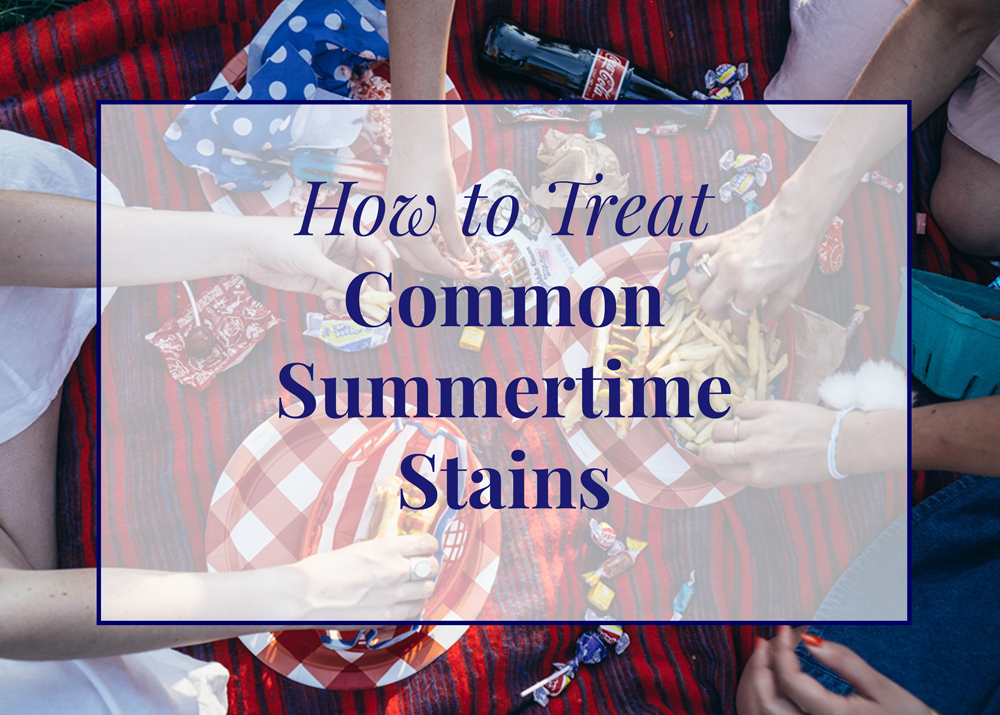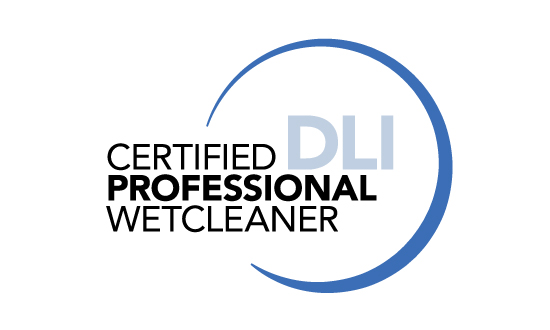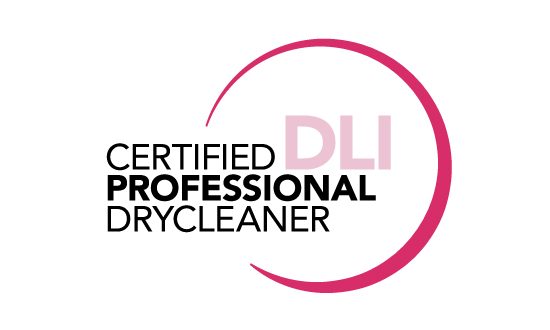How to Treat Common Summertime Stains
By Pierre Cinar In Garment Care, Garment Care Tips, Laundry Tips Posted August 3, 2020

Who doesn’t love summertime activities? From lazy days on the beach or by the pool, to cookouts and summer festivals, there’s a summer activity for everyone. Along with all the fun comes many little accidents and spills that could ruin your favorite summer clothing. Today we’ve got a few tips on treating common summertime stains, so you can keep your summertime wardrobe looking fresh all season.
Antiperspirant
Potential Problem: Build-up from deodorant and antiperspirant products can cause fiber damage and yellowing. Blue and green on silk and wool are particularly prone. Aluminum chloride can weaken fibers in cotton, linen, rayon, and some synthetic blends, leaving holes during cleaning.
Clothing Care: Follow the manufacturer’s instructions for application. Avoid overuse and allow antiperspirant/deodorant to dry before dressing. Soiled garments should be washed or dry cleaned as soon as possible.
Sunblock and Suntan Lotions
Potential Problem: Dyes and oils in suntan/sunblock lotions can stain clothing. This color loss or change may not appear until after you clean your clothes.
Clothing Care: The best way to avoid these stains is by following the directions on the bottle. Always allow the lotions to dry before dressing, and wash your hands before handling clothes.
Swimwear
Potential Problem: Chlorine in pools, spas, and hot tubs can damage spandex used in swimwear.
Clothing Care: Rinse your suit after wearing and follow the care label’s instructions.
Self-Tanning Lotions
Potential Problem: Self-tanners may discolor anything they touch! Light tan, brown, or yellow staining on the cuffs, collar fold, and neckband, and upper button areas, are typical.
Clothing Care: Follow the instructions carefully, wash your hands immediately, and allow your skin time to dry before dressing. If the product gets on your clothes, wash them as soon as possible, as these stains can be difficult to remove.
Insect Repellents
Potential Problem: Repellents usually will not damage most fibers; however, some products contain alcohol and can cause color loss or color change on fabrics such as acetate and rayon.
Clothing Care: Read the label carefully, especially if applying directly to clothing.
Summer Fruit
Potential Problem: Fruits like watermelon, strawberries, blueberries, raspberries, and blackberries contain tannins and well quickly and easily stain most fibers.
Clothing Care: If possible, immediately rinse the stain from the backside of the stain. If rinsing isn’t an option, blot (do not rub)the stain with a damp cloth to try to lift the stain. Before washing pre-treat with a combination of dishwashing soap and oxygen-based bleach.
Alcoholic Beverages
Potential Problem: Alcohol may damage silk or acetate and can also disturb dyes. It can also go undetected until after the garment has is laundered.
Clothing Care: Rinse or blot the affected area immediately, then following the care label, launder, or dry clean as soon as possible.
When in doubt, trust all your summertime stains to the professionals like View Cleaners.
Here at View Cleaners, we take stain removal very seriously, and it’s something we do well.
There are numerous reasons why we have a better chance of safely and effectively removing a difficult stain than the average person. Here’s an inside look at how we approach stain removal.
Stain removal is half science and half art, but all timing. The sooner we can begin working on a stained garment, the more likely we will successfully remove the stain. Chemistry, knowledge of fibers, fabrics, and following the least resistance path is our approach to removing stains. The fewer treatments a stain removal specialist needs to apply on a garment, the better. Our specialists have a solid understanding of stains’ characteristics, and attributes, this knowledge, and a set of specialized tools and chemicals are what sets professional spot removal apart.
We have spotting boards where highly trained professionals analyze both the stain and fabric, then using the proper technique slowly and gently remove the spot. This process is particularly useful for gentle fabrics or “dry clean only” items, as this method helps avoid water rings left on the garment.
Source Dry Cleaning and Laundry Institute




